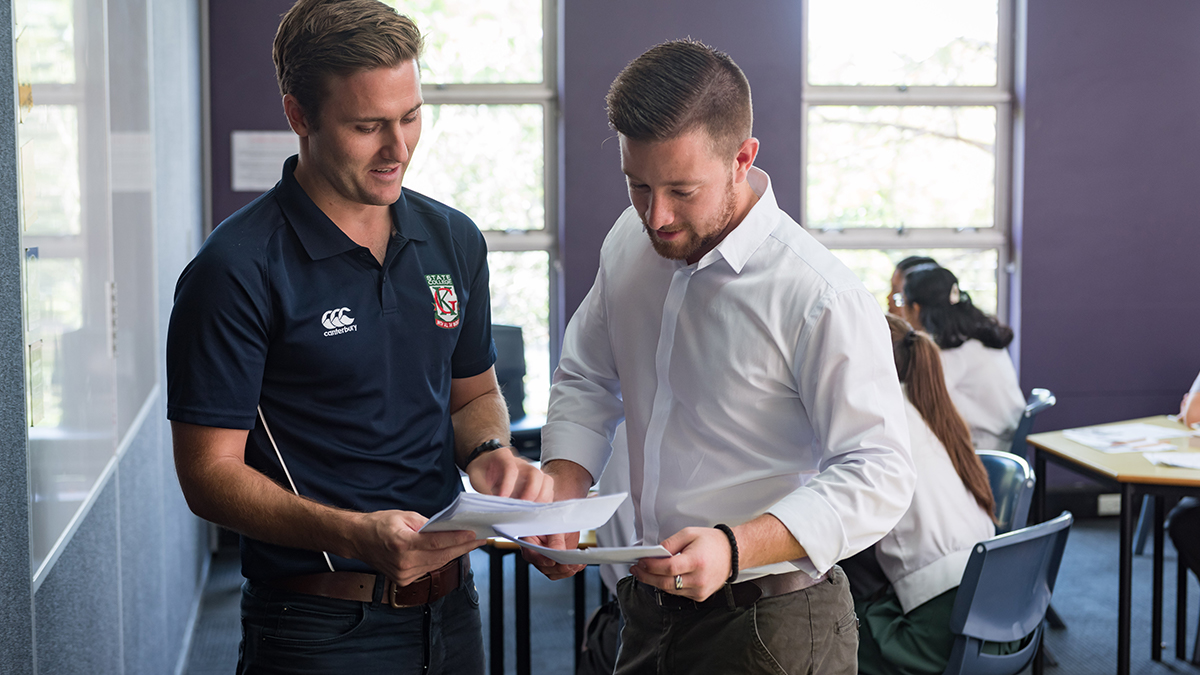Site coordinators - what you need to do
As site coordinator, it's your role to coordinate all placements at your school or site. Specifically this includes:
- notify QUT of available positions at your school or site for pre-service teachers
- organise placements with the partnership officer
- let supervising teachers know details of pre-service teachers who have been assigned to them
- organise with pre-service teacher to complete an orientation/induction on the commencement of day one
- provide orientation to pre-service teachers
- provide support to supervising teachers
- ensure all reports are completed and sign off on final reports
- immediately contact the university partner if you have any concerns.
Download the Site Coordinator Checklist (PDF file, 52.5 KB)
More information
Orientation / induction
Reporting and evaluation
Permission to Teach
Supervising teachers - what you need to do
Preparation
During professional experience
Reporting and evaluation
Student Action Plan
If you identify an issue with the pre-service teacher's practice or professional conduct, you should implement a Student Action Plan immediately.
The Student Action Plan should be seen as a positive way of outlining expectations and how to achieve them.
Download the Student Action Plan form (PDF file, 143.6 KB)
What is a Student Action Plan?
Who should instigate a Student Action Plan?
When should a Student Action Plan be used?
How to enact a Student Action Plan
Payment claim forms
Important tax information
Anyone who is claiming as a Supervising Teacher, Site Coordinator or for a group talk must submit a signed Tax File Declaration Form if:
- you have never submitted a claim with QUT
- your details have changed since you last submitted a TFD.
From 1 January 2020, all earnings, (Income Statement) will be available in your MY Gov account.
If you have any questions, please contact QUT Payroll Services at payroll@qut.edu.au
All claims must be submitted via email to pex.claims@qut.edu.au using the forms linked below. These forms can be completed electronically or downloaded and scanned for submission. Claims submitted via post or on old (outdated) forms will not be processed and returned for re-submission. Ensure you have answered every question, ticked all boxes and signed where requested.
- Site coordinator payment claim form (PDF file, 783.1 KB)
- Supervising teacher payment claim form (PDF file, 570.7 KB)
- International school payment claim form (PDF file, 140.1 KB)
- Group Talk payment claim form (PDF file, 169.6 KB)
Supervision and site coordination claims are governed by the relevant states' industrial agreements.
